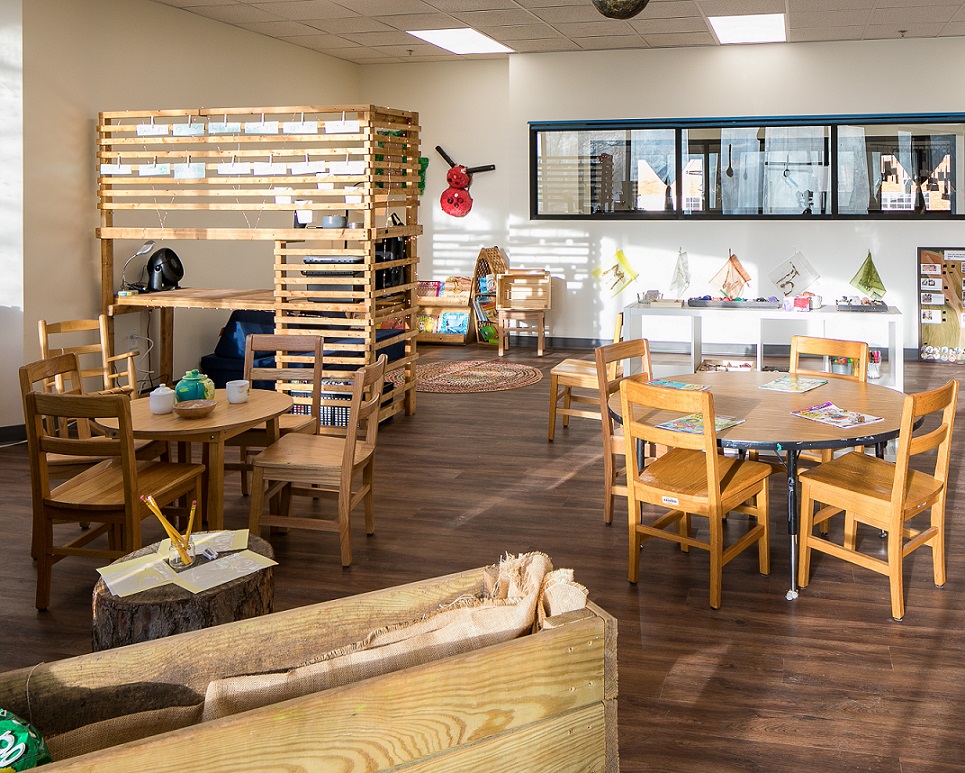Reggio Emilia is a preschool approach that allows the natural curiosity of children to turn them into explorers and researchers. As children explore, they gain knowledge of the world and how they fit in. The Reggio classroom has a homelike atmosphere and will be divided into areas designed to stimulate a child’s active interest. The classroom is outfitted with natural materials. The teacher designs the curriculum around the child’s interests.
The Reggio Emilia philosophy is named after the city in Italy where the first such school was founded after the Second World War. That school was founded by local parents with the help of educator Loris Malaguzzi. Reggio Emilia is a philosophy and not a specific education system like Montessori or Waldorf. That means that a school will not receive Reggio Emilia accreditation. Instead, Reggio Emilia schools share and are guided by similar principles. In Reggio Emilia, education has three main parts: the child, the environment, and the teacher.
The Child
In the Reggio classroom, the child isn’t expected to learn a fixed curriculum according to a teacher’s timetable. Instead, the child finds an area of interest and is allowed to explore the subject for as long as he wishes. Malaguzzi liked to talk about the “100 languages of children.” Children have all sorts of ways to learn. They learn through play and exploration, through thinking and talking things through, and by making things with their own two hands. Reggio Emilia is encourages children to use all of the many tools they have to express themselves and to understand the world in which they live.
The Environment
The Reggio Emilia classroom environment is sometimes called “the third teacher.” Classrooms have lots of open spaces. There may be a window that allows children to see what is happening out of doors. The room is separated into areas designed to stimulate interest. An atelier, or an arts workshop, is an important feature of many Reggio classrooms. The atelier is overseen by an atelieriste or atelierista, a specialist teacher with a fine arts background.
In the Reggio classroom, the materials are natural and arranged so children can see them at eye level and select what they like to build or create. There won’t be too many materials, but just enough of them to stimulate the imagination. At the beginning of the year, there also won’t be a lot on the walls. Over the course of the year, the wall will fill up with drawings and other items that document the children’s learning process and progress.
The Teacher
Teachers watch and observe. As they observe the classroom, teachers come to see what interests the children. The teacher may help guide the children toward an interest based on what the teacher has observed. The children are allowed to explore these areas of interest however they wish within this supportive environment.
In the atelier, there will be an atelierista who focuses on the process of children’s learning through the exploration of materials; the child’s own process of exploration; and the way in which the child relates to the product of that exploration.
In the Reggio classroom, it’s okay for children to make mistakes and a good thing for them figure out how to solve their own problems.
The Founder of Reggio Emilia, Loris Malaguzzi
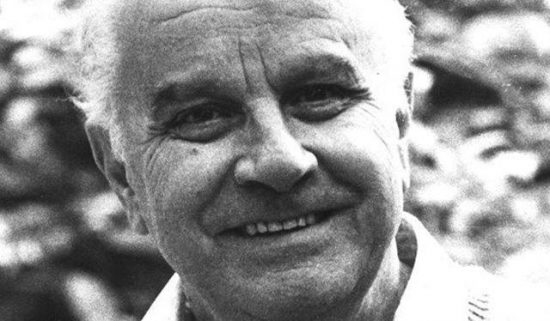
What children learn does not follow as an automatic result from what is taught, rather, it is in large part due to the children’s own doing, as a consequence of their activities and our resources.
—Loris Malaguzzi, “The Hundred Languages of Children”
In the philosophy of Loris Malaguzzi, father of Reggio Emilia, children are explorers and researchers. They are “active constructors of their own intelligence.” There will be a lot of project-based learning in the Reggio classroom, with lots of opportunity for the children to be active participants and to ask lots of questions. Project learning also encourages the social development of the classroom as a kind of community.
Rare clip of the late Loris Malaguzzi outlining his philosophy
As the children work in small groups on the projects that interest them, the teachers will watch and observe. Children are free to ask any questions that come to them. Teachers may also throw out questions to help guide the children to further explore a topic. A teacher will offer materials to help the children in their research. They may introduce opportunities that suggest more angles for exploration. In the Reggio Emilia lexicon, learning opportunities are known as provocations.
Loris Malaguzzi believed that children thrive when learning takes place in an environment that is supportive and stimulating. In the Reggio classroom, children are nurtured through their relationships with their classmates, teachers, parents, and the community. All of these things taken together, offer the child a strong base of support to develop his self-awareness and his understanding of the world around him.
Reggio is a positive learning environment that encourages a child to find meaning through understanding. Children who have a good experience in the early years of their education, have a solid foundation for later learning. Learning to question, find answers, and solve problems, is a method that can serve a child well throughout his school years, long after he leaves the Reggio classroom.
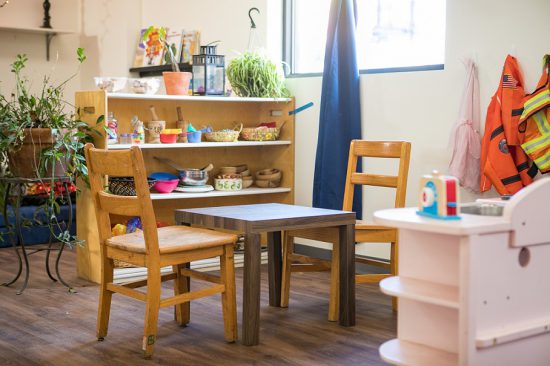
Interview with Reggio Emilia Teacher Adam Cole
Teaching becomes almost a different profession in the Reggio classroom because of the lack of a fixed curriculum going into the year. In spite of this, or perhaps because of this, Reggio teachers seem somehow more excited about the teaching experience. Adam Cole is a music teacher at The Willow School of Georgia, a Reggio school. Here he describes his personal experience as a Reggio teacher.
Varda Epstein: How have you arranged your classroom environment and materials to reflect Reggio Emilia principles?
Adam Cole: The materials will be the same as for most music classrooms, a variety of instruments. Depending on the desired “provocation” (learning opportunity), different ones will be placed on the floor to be available to children who are exploring. They may be a variety of instruments, or a variety of the same kind of instrument.
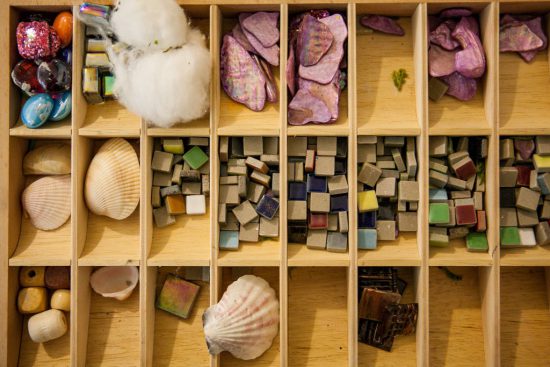
Varda Epstein: What are some examples of how observation of the children led to an area of study?
Adam Cole: A number of years ago while doing a summer camp at the Grant Park Cooperative Preschool, I observed the children building and creating, and we decided to have them create their own instruments. They named the instruments, and we photographed them. Later we used them in a performance.

Varda Epstein: Can you describe an area of study and all the ways in which it was covered in your Reggio Emilia classroom?
Adam Cole: In this summer’s camp, we explored storytelling and songwriting. Our time was limited to one week, so the children were observed offering beginning, middle and ending story ideas which were documented. We then voted to create a story.
We did something similar with music composition. The children were introduced to a method of generating melodies by attaching story ideas to musical notes (Solfege Town). The children assessed and determined which melodies of the ones they created they’d like to keep.
The stories and songs were incorporated into a show designed by the children. We rehearsed the show and incorporated additional elements suggested by the children as we went along. We then performed it for the entire school.
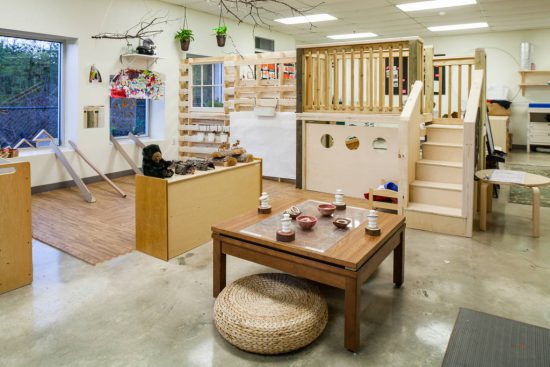
Varda Epstein: Is it more difficult or easier to teach in the Reggio Emilia system, than in the traditional classroom?
Adam Cole: It is always more difficult as an adult to surrender one’s power and time to children who have a different set of priorities and a different sense of time. Compounding the difficulties are the responsibilities held by the teacher to maintain a safe and inclusive environment. Lastly, the work must be documented, considered, and the process begun again each time.
Varda Epstein: Why is Reggio Emilia better?
Adam Cole: The very idea that children have innate intelligence deserving of adult respect allows us to offer them educational opportunities that build on who they are and what they know. Such children go farther than those who are subjected to a set of expectations that may not be suitable for them, or which they are not excited by at the time they are presented. Reggio students learn, and by learning in this way, they also learn how to learn, and to respect themselves and their own process for learning.
Found what you just read useful? Why not consider sending a donation to our Kars4Kids youth and educational programs. Or help us just by sharing!
